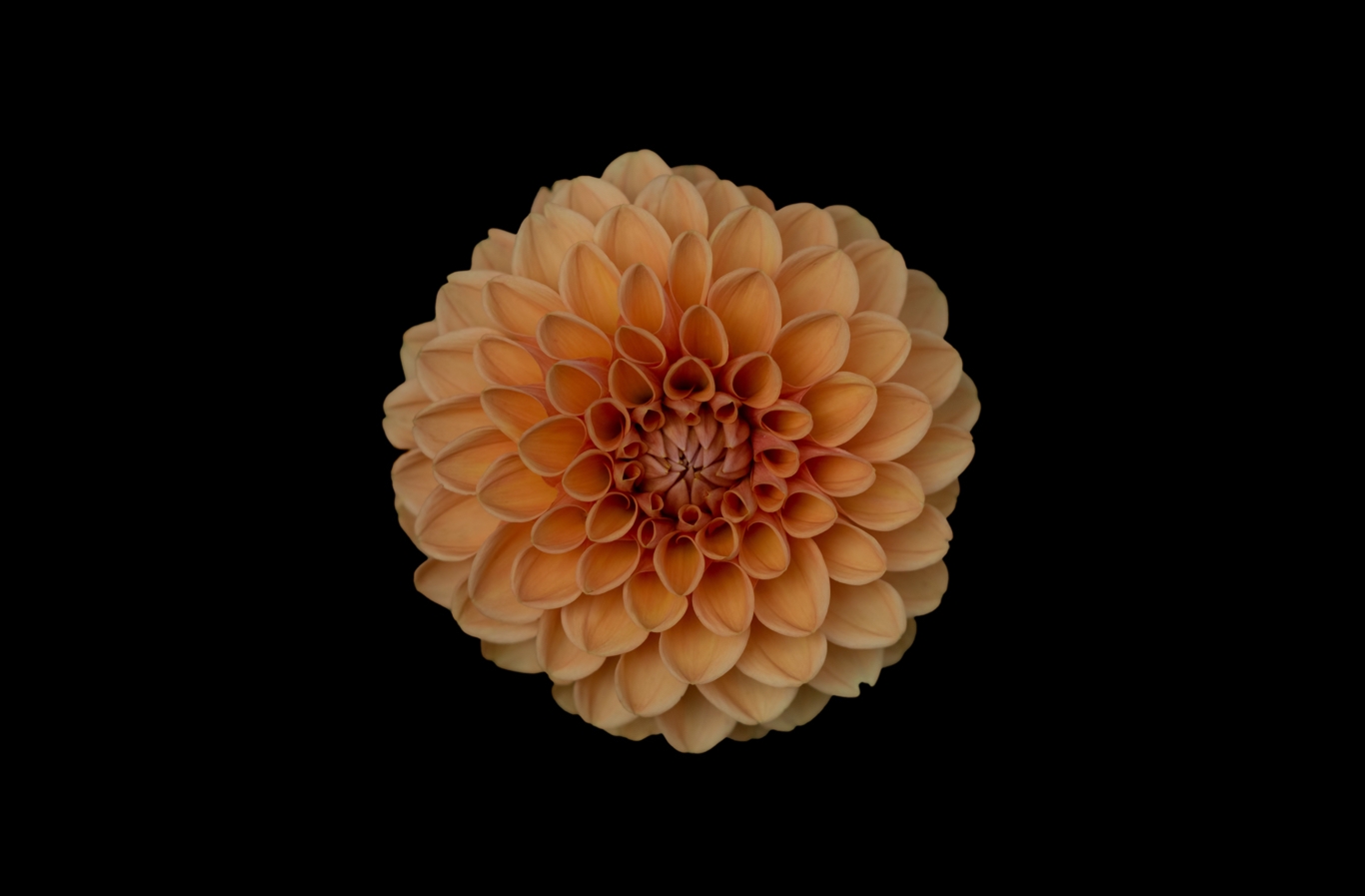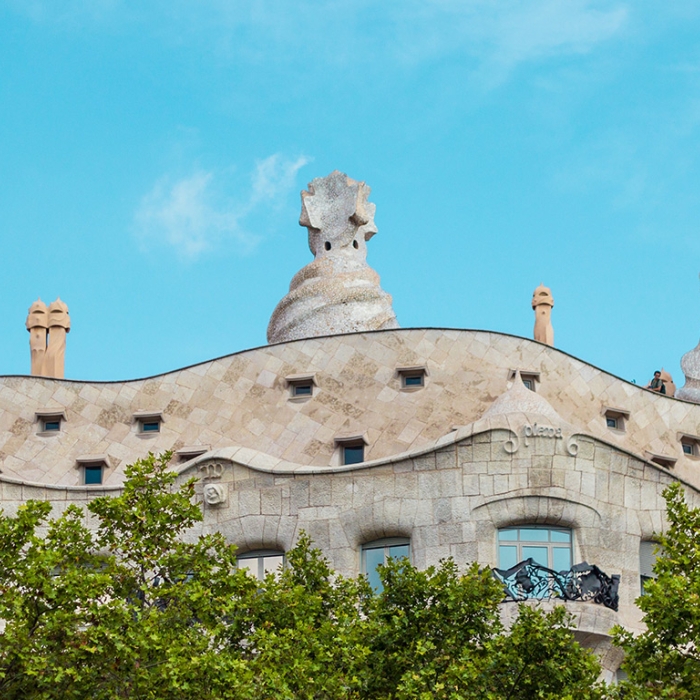Where geometry, nature, & art coalesce
We view fractals every day, whether or not we are aware of their affect. They are the unseen and underlying order within the chaos of the natural world.
At its most basic, fractals are geometric patterns that repeat at a constant rate into infinity. They can be found in the formation of coastlines, mountain ranges, clouds, hurricanes, computer chips, shells, the human vascular system, even neural networks within the human brain.
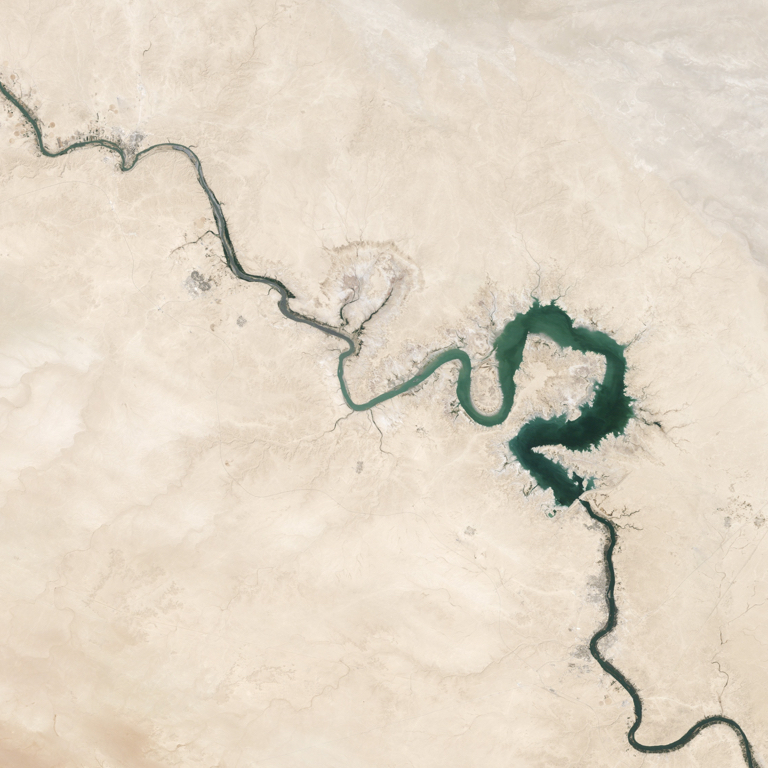
Fractals are the brain-child of famous IBM mathematician, Benoit Mandelbrot, who in the 1980’s, began searching the fringes of mathematics and physics, sifting through the “trash cans of science,” in a quest to answer the simplest of questions: is there an underlying order operating within a seemingly chaotic and random cosmos?
In his research, Mandelbrot unsurfaced this pattern of recursive ‘self-similarity.’ Meaning the individual parts of a whole pattern are similar and repetitive, whether the entire pattern appears to be chaotic, there is a connection between the constituent parts comprising the whole.
For example, take the coastline of Britain; there isn’t an apparent connection between the shape of the Northern and Southern coasts. However, when one small section of the coast is compared to another small section of the coast, the same patterns are repeated. One jagged peninsula becomes three, three become 9— as the magnification increases, so does the repetition.
The individual sections of the whole of Great Britain are recurrent, whether or not the entire image of the coast seems to have any order— this is ‘self-similarity,’ it is a pillar upholding the concept of fractals.
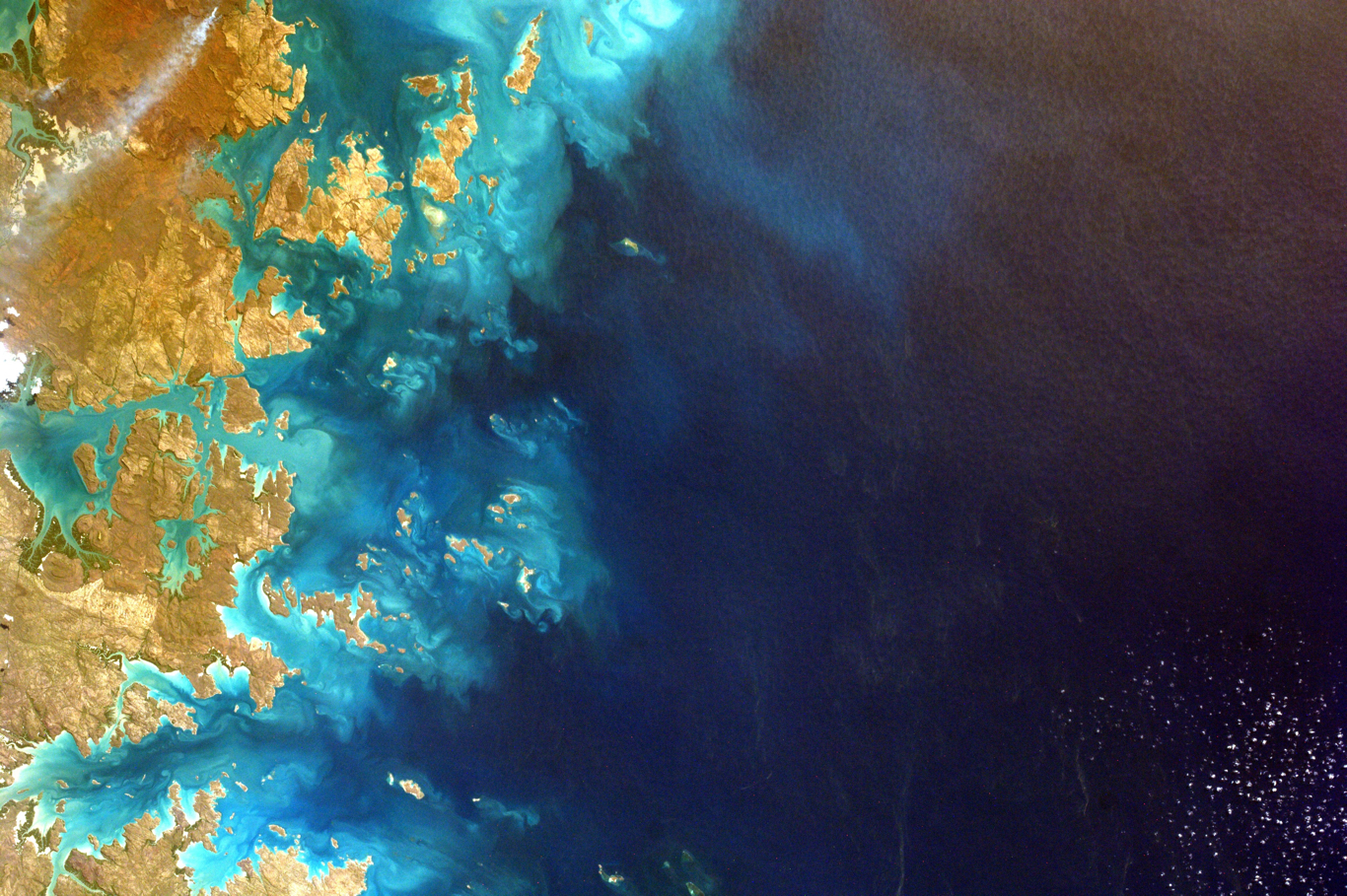
"One jagged peninsula becomes three, three become 9— as the magnification increases, so does the repetition."
Beyond a theoretical observation of this tendency for natural, complex patterns to present as self-similar and recursive, Mandelbrot established a formula that completely changed the way mathematicians, scientists, and even economists view seemingly random shapes and events – known as the Mandelbrot set.
This equation produces sets of solutions that expand or contract to infinity. Below is a computer-generated video of a ‘zoom’ into a section of the set. The solutions generated by computer software are plotted on a two-dimensional plane, ad infinitum. Just as you can plot a graph point from a simple algebraic equation, the computer is producing these complex visuals by plotting the actual numbers pumped out by the Mandelbrot Set.
The images seen in that video are a quintessential representation of a ‘fractal,’ a term coined by Mandelbrot himself. In the words of Chuck from the Stuff You Should Know podcast: “It is a geometric shape that is self-similar through infinite iterations in a recursive pattern through infinite detail.”
Mandelbrot’s theories revolutionized the way theoretical mathematicians think about and work with the concept of ‘the infinite.’ And yet, these patterns extend way beyond the realm of mathematics and computer-generated geometry.
They seem to outline a sort of structure for the way matter forms in the universe—from the imperceptible to the gargantuan, from organic to man-made. Fractals appear in cloud-formations, lightning strikes, river pathways, plant-growth patterns, urban-sprawl, even in fine art.
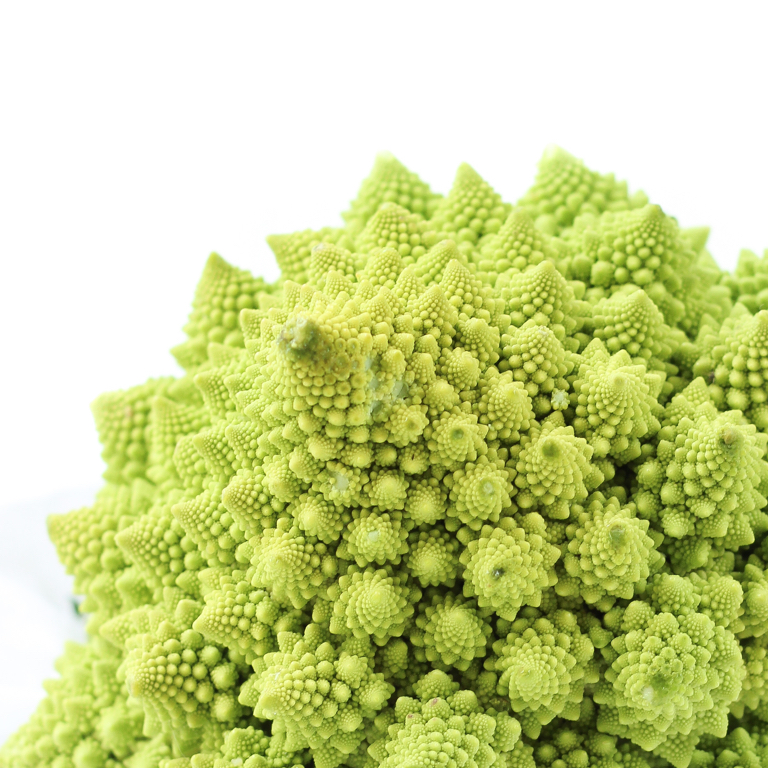
"The fundamental tenets of bonsai design are heavily influenced by fractal geometry and bonsai artists operate with these patterns in mind, although they may not be aware of it."
Most people who have stood in front of a Jackson Pollack painting can attest to the fact that, despite the tumultuous composition, it is a surprisingly grounding experience—this is due to fractal patterns that can be mathematically observed through digital analysis.
With scans of the paintings, scientists calculate the geometric relationship of each drip and splatter in search of an order. And while not always the case, when this analysis is performed, a large number of Pollack’s paintings flag as positive for fractal drip patterns.
Did Pollack create his masterpieces with the awareness that he was creating fractal patterns? Most likely not. It seems to be a geometric formula that is pleasing to the eye, something artists could be naturally drawn to.
In bonsai, artists seek to replicate or take cues from natural forms, working on a miniature scale. The fundamental tenets of bonsai design are heavily influenced by fractal geometry and bonsai artists operate with these patterns in mind, although they may not be aware of it.
For example, there is a general understanding in bonsai that, if at all possible, the first branch of a Bonsai should originate from a point on the trunk that is approximately one-third of the overall height of the tree. This is one of those ‘rules’ every beginner gets drilled into their heads, and it is entirely baked in fractal geometry.
Picture a well-refined deciduous bonsai. There is a central trunk from which branches emerge and stretch outward towards the light. Each branch comes off the trunk and extends before it subdivides.
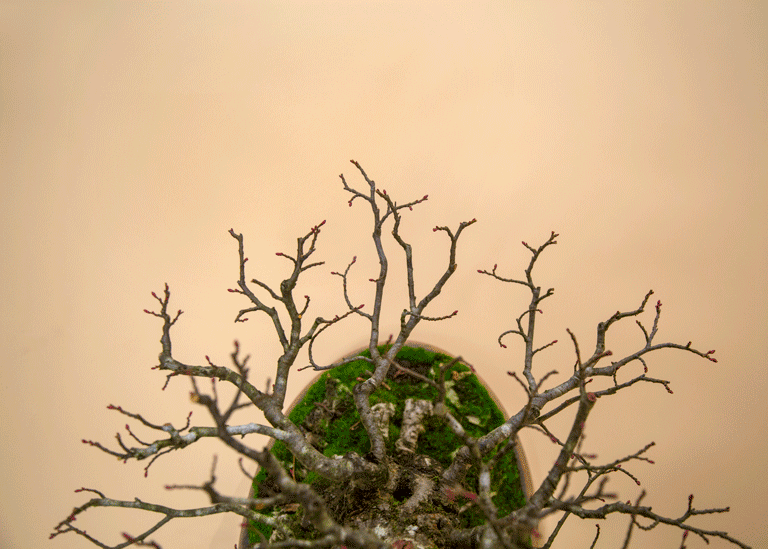
At that point, the primary branch continues and two branchlets emerge from it, again extending and stretching towards the light. Each one of these branchlets extend then subdivide, the central branchlet continues straight, while even smaller branchlets emerge from it. One branch becomes three, then three become nine, and on and on.
If the branch emerges from the trunk one-third of the way up, then splits into three approximately one-third of it’s length away from the trunk, and each successive subdivision follows that pattern, scale and repetition work in unison here.
"Where there was a whole tree, now there is a branch that resembles the entire tree."
Branches leave the trunk at roughly the same angle. Each branch has a similar overall flow in its movement. While each branch has its own character and purpose, they carry a unity in their design.
There is a cohesion between the magnification of the tree and the repetition that occurs in the magnified area. Where there was a whole tree, now there is a branch that resembles the entire tree. Where there was a branch, there is now a branchlet that resembles the entire branch.
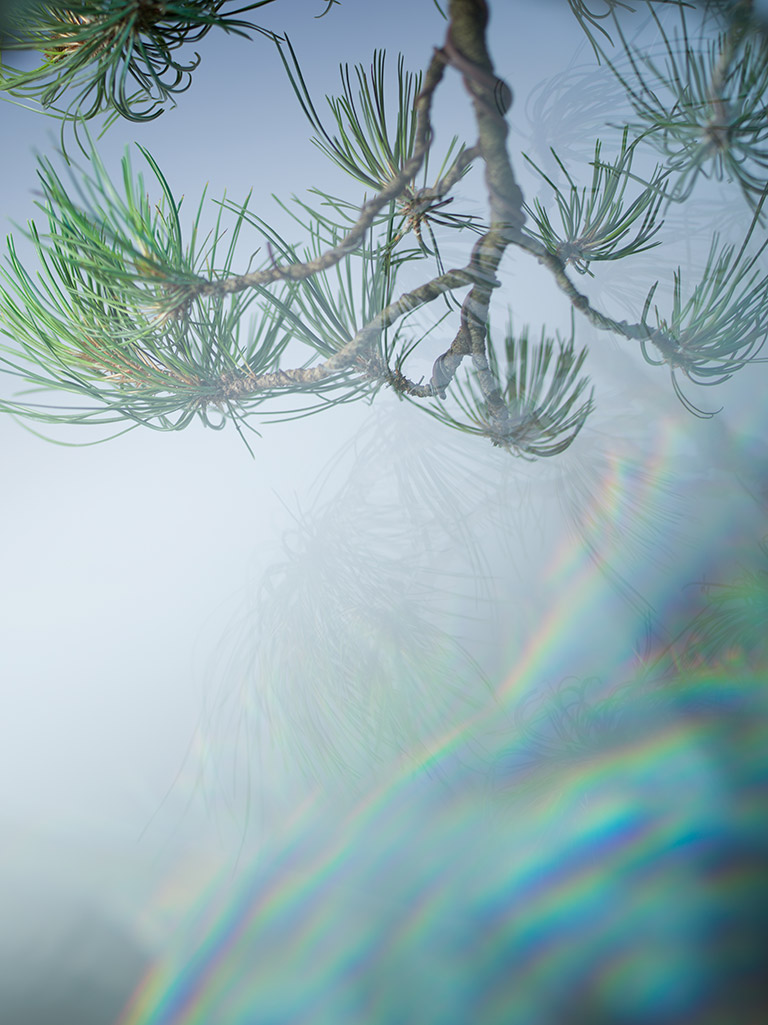
In a well-designed bonsai, not all parts are identical, but they do share common characteristics. There is a cardinal goal to create ‘self-similar’ and recursive patterns throughout the design, where the smallest parts echo and support the entire composition. And there you have it—a fractal bonsai.
As a practice, Bonsai can be seen as the pinnacle of combining art and nature to create something beautiful. Through the hard-work, ceaseless care, and attention to detail of design, the bonsai artist seeks to create a living image of natural beauty. By applying fractal theory to bonsai design, the artist can use nature’s mathematical order to inform their design, creating a tree that is as awe-inspiring and geometrically complex as its wild counterpart.
